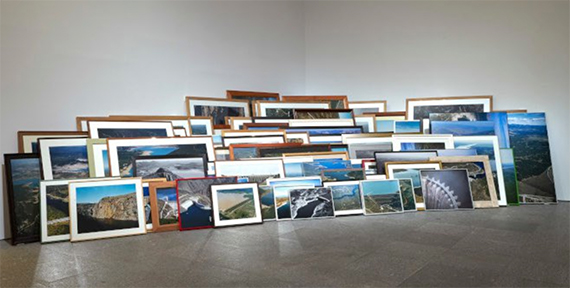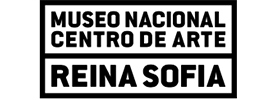
Ibon Aranberri »
Partial View
Exhibition: 29 Nov 2023 – 11 Mar 2024

Museo Nacional Centro de Arte Reina Sofia (MNCARS)
Santa Isabel, 52
28012 Madrid
+34 91-4675062
direccion.mncars@cars.mcu.es
www.museoreinasofia.es
Mon, Wed-Sat 10-21 . Sun 10-19
This anthological exhibition devoted to Ibon Aranberri (Itziar-Deba, Gipuzkoa, 1969) assembles a selection of works spanning from the 1990s to the present, revisiting different projects from the artist’s vision today and placing the stress primarily on the evolution of the artistic language he has employed across his career.
The starting nucleus of the show is made up of Aranberri’s most representative works, in which he allows his ongoing concern with resignification to be discerned through the political actions of places, be it natural or man-made spaces, and the social consideration of which has been diminishing and has been partly transformed by the social, economic and political needs of the time. These reflections are cast in proposals such as the unfinished project of the Lemóniz nuclear plant, which would never become operational; Exercises on the North Side (2007), a 16mm montage around mountain cinema as a genre in its own right; his research into the modification of landscapes and political and economic powers highlighted in works such as Política hidraúlica (Hydraulic Politics, 2004–2010); or his 2007 action of blocking access to a natural Iritegui cave in Oñati, Gipuzkoa.
Aranberri’s body of work is characterised by its incompleteness, and by generating materials and situations of different types and which expand his artistic process. His practice encompasses the co-existence of documentary materials resulting from research processes with a corpus of images and sculptural forms which, seemingly veiled or inaccessible, establish a correlation between their abstract quality and the narrative materiality of documents. The material recollections and traces of these pieces suggest different connections between past and present times — constants running through the show.
With the aim of shaping new readings around Aranberri’s practice and career, the exhibition is articulated asynchronously via affinities and internal relations between works the artist more often than not considers in progress. It displays early pieces which engage with more current ones and with the rooms of the Museo, works which take on their own specific dimension and strengthen their relationship to the exhibition space.